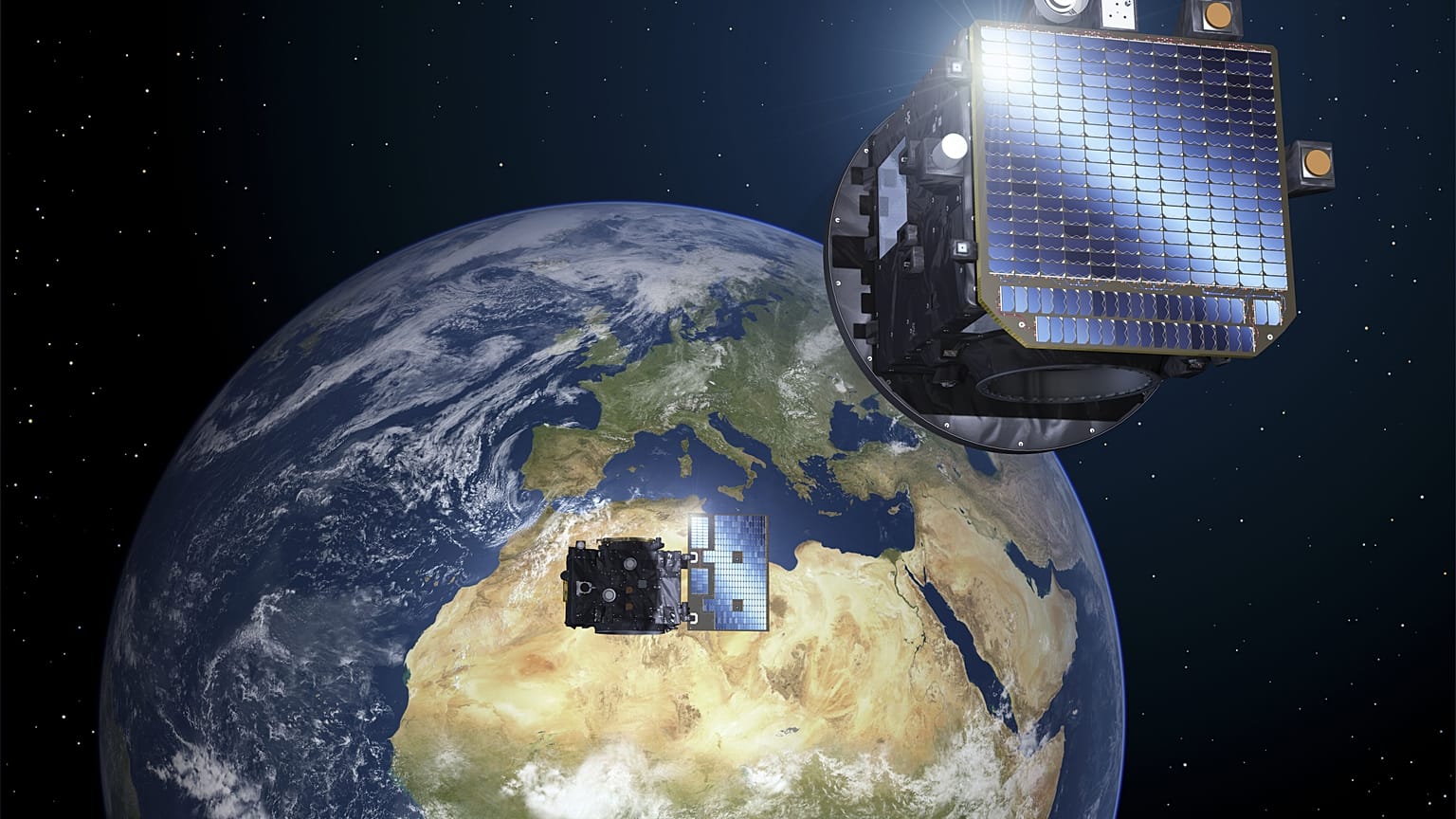ESA says the "Proba-3" mission will be the first to create an artificial eclipse in a bid to better understand solar weather.
The recent total solar eclipse primarily seen in North America left tens of millions in awe.
Now, the European Space Agency (ESA) is working to create an artificial eclipse by launching two satellites in a stack to study the Sun’s corona, the atmosphere surrounding our universe’s star.
ESA says the "Proba-3" mission will be the world-first mission to create a man-made eclipse, if successful.
"They will be launched and they will stay together for about a month… when we are sure that everything is still fine, at that point only, this one will be the one we actually address and this one will be waiting and will just be on top of this one," said Marie Beeckman, a Satellite Operation Engineer at space infrastructure company Redwire Space which is involved in the project.
Proba is an acronym for Project of Onboard Autonomy and also means "let's try" in Latin.
"So, that's the primary objective, is to demonstrate formation flying on Proba-3 and to demonstrate with a real application what can be achieved and the real application is a scientific field of research which is the observation of the Sun's corona," said Damien Galano, a project manager at ESA.
The Coronagraph spacecraft and the Occulter spacecraft will be placed in precise formation, down to a few millimetres, at distances of 144 m or farther.
The Occulter will fly closer to the Sun and line up with it to block the Sun’s disc, casting a shadow over the other satellite, the same way the Moon creates a shadow over the Earth’s surface during an eclipse.
This will allow only the surrounding corona to remain visible and the other satellite to photograph the inner part of the corona region.
If the light from the Sun is not blocked, any observing telescope would be blinded by this light and unable to see the corona, according to ESA.
Predicting solar weather
Once the satellites are finished taking photos of the faint features of the inner part of the corona region, the operation engineers will send a command to separate the stack.
"So we will send a command and we will actually separate the stack. They will separate and then they will go into a safe orbit, pretty far away from each other, so that we make sure they don't bump into each other," said Beeckman.
According to the agency, studying the solar corona may help scientists predict solar weather, such as geomagnetic solar storms that can affect satellites in orbit as well as communication networks and power grids on Earth.
"This will help us to understand a number of things, like the origin of the solar wind. There are still some unanswered questions, in particular the ones that concern the slow wind," said Andrei Zhukov, a senior research scientist at the Royal Observatory of Belgium.
“The slow wind is the one which is variable and the one which is all the time evolving, not homogenous, not uniform. So there it's still not clear where it comes from".
The two satellites are currently being prepared for the final integration in Belgium, from where they will be moved to India to be blasted into space onboard a Polar Satellite Launch Vehicle (PSLV) in September.
ESA says the eclipses created by the two satellites won’t be seen on Earth.
For more on this story, watch the video in the media player above.


















